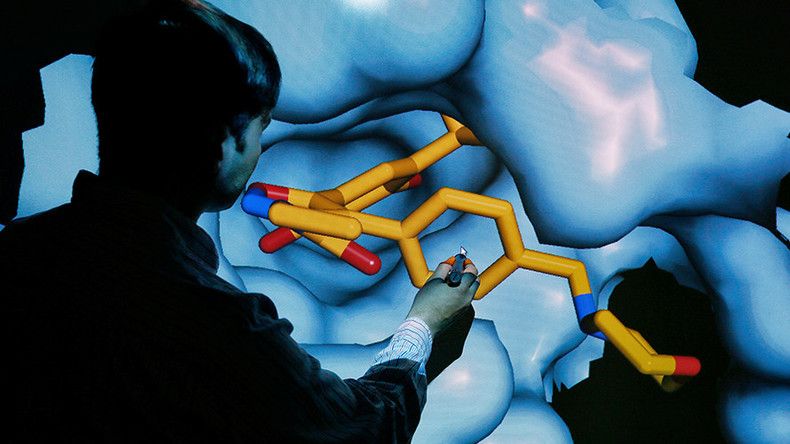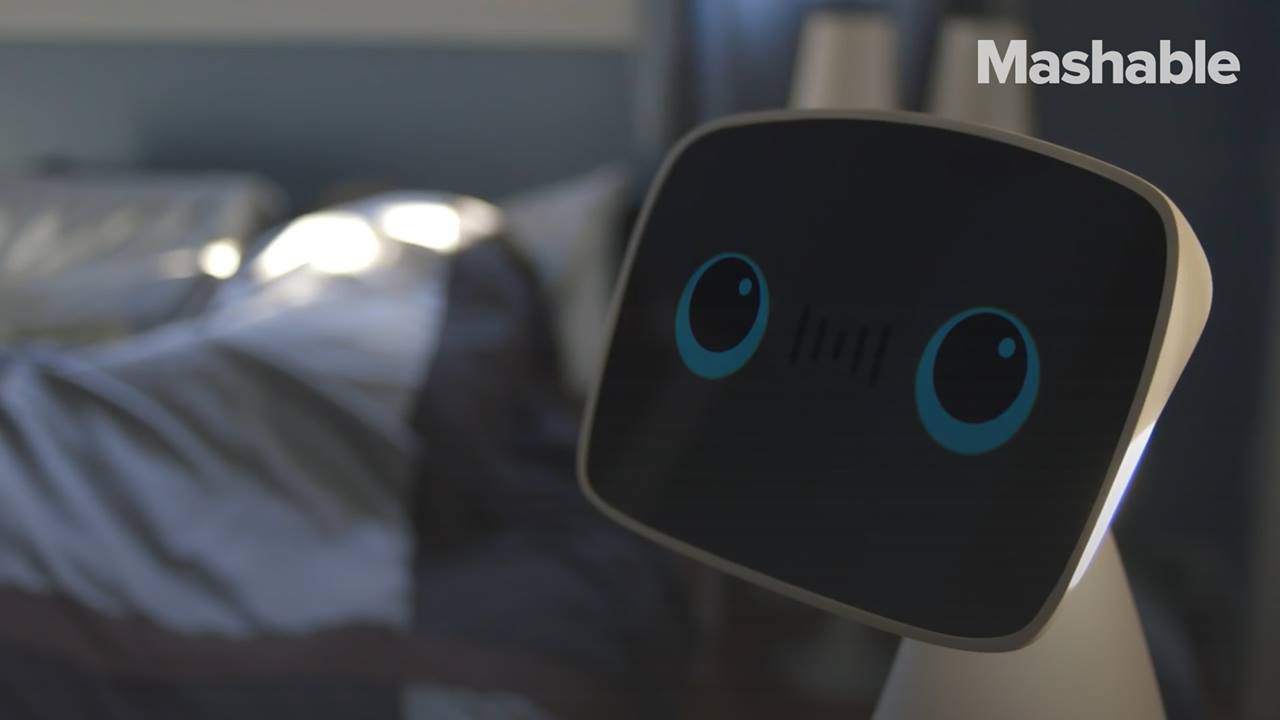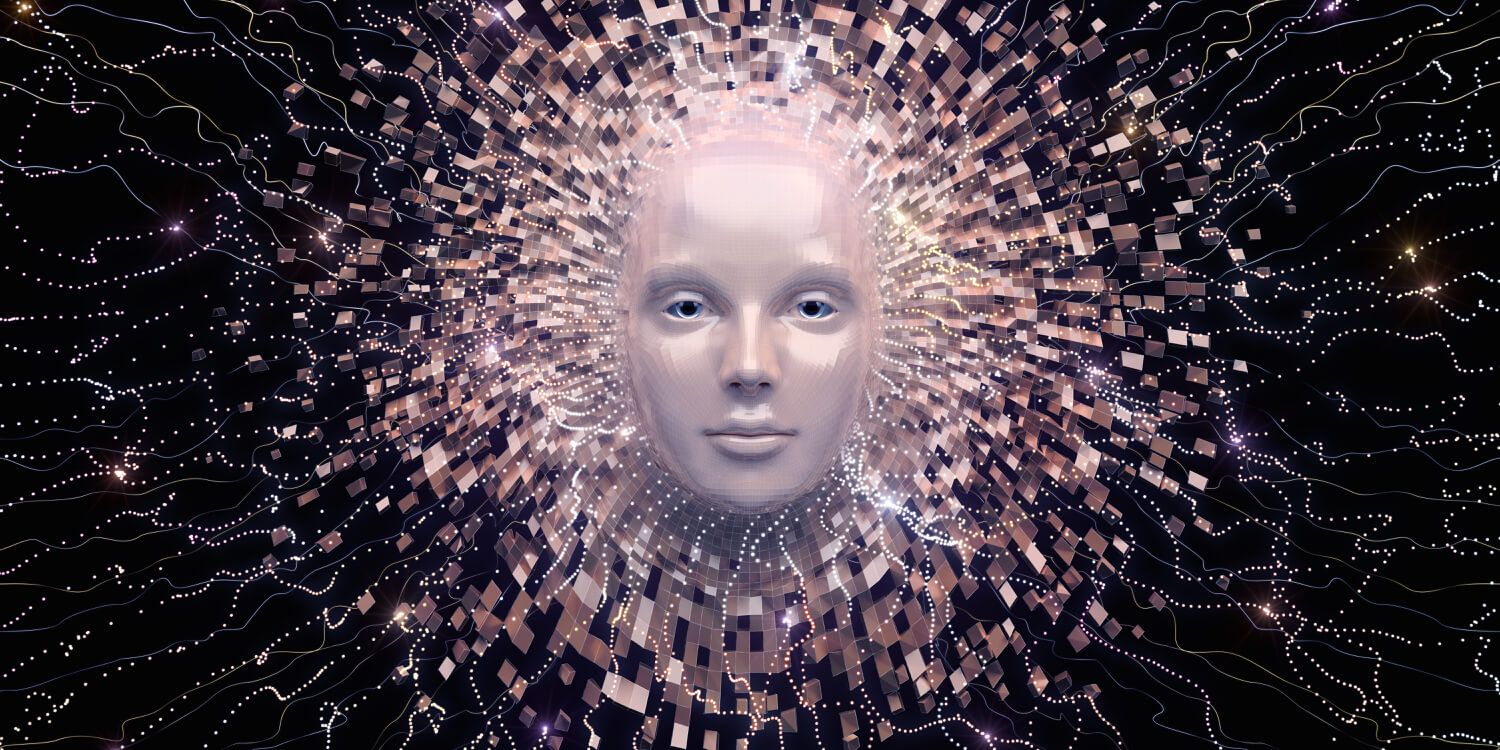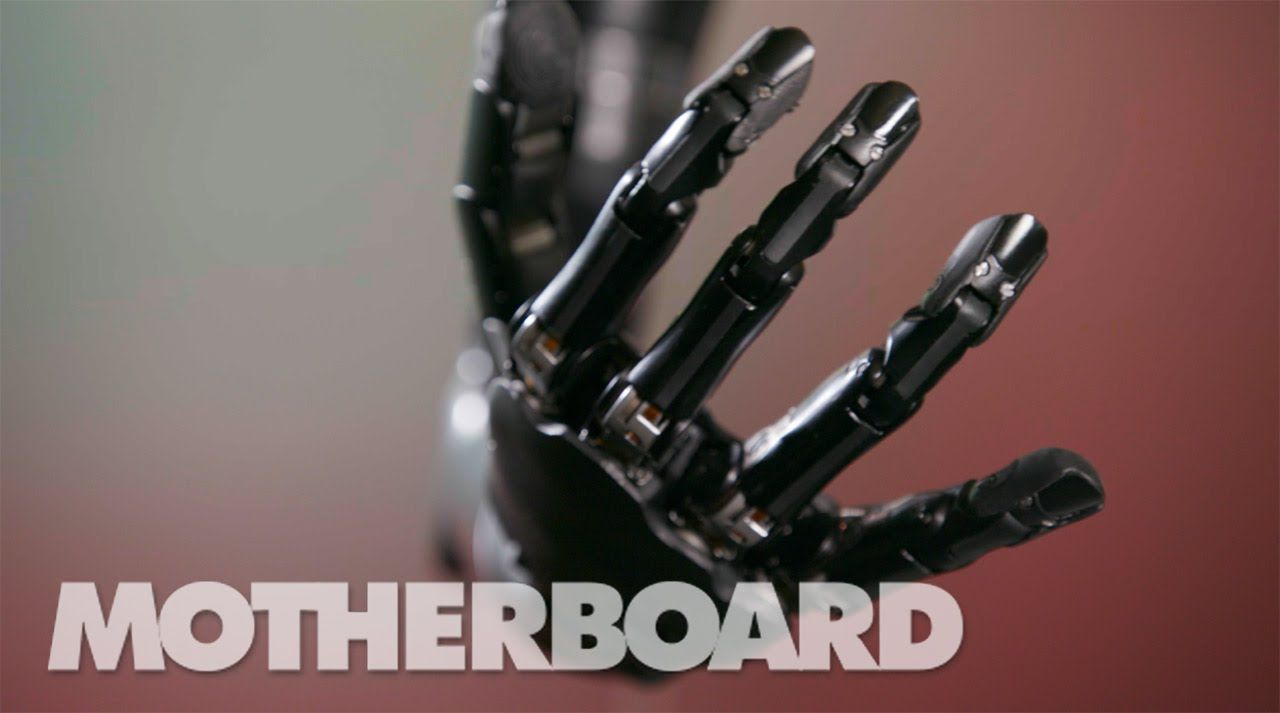IBM Blockchain and Microsoft Blockchain-as-a-Service (BaaS) are carving out and fighting for control over a new enterprise market of cloud-based blockchain infrastructure.
Americans believe in the importance of a good day’s work. And so it’s understandable that the prospect of a universal basic income (UBI), in which the government would issue checks to cover the basic costs of living, rubs some people the wrong way. Writing in The Week in 2014, Pascal-Emmanuel Gobry envisions a UBI dystopia in which “millions of people” are “listing away in socially destructive idleness,” with “the consequences of this lost productivity reverberating throughout the society in lower growth and, probably, lower employment.”
This is a reasonable concern. After all, the most successful anti-poverty programs in the US thus far, such as the Earned Income Tax Credit, have been carefully designed to promote work –not enable people to avoid it. But based on the evidence we have so far, there’s little reason to believe that a UBI would lead people to abandon work in droves. And even if some people did indeed opt to give up their day jobs, society might wind up reaping untold rewards from their free time in the long run.
Back in the 1960s and 1970s, the US and Canada were seriously considering the possibility of instating a UBI. During that time, the US government commissioned a series of experiments across six states to study the effects of guaranteed income, particularly its effects on work. The Canadian government introduced a similar experiment in the town of Dauphin.
China has always been a frontrunner, especially in technological advancements. The country has engaged itself in increasingly audacious and ambitious projects. It is, therefore, no astonishment in calling China, ‘the rising power’.China has established Weather Modification Offices, that enables in manipulating weather using technology. The offices are a network of dedicated units that help in changing the weather throughout China. 55 billion tons of rain is created by China every year, making the country the largest cloud seeder on earth.
China has found the urge to manipulate weather mainly because of the extreme climate it experiences. The region has heavy downpour in rainy season while it suffers from drought in summers. Dust and sand storms are common in springtime. Moreover, given the fact that China has the largest population, it cannot afford to rely on climate. Most importantly, for agriculture. China found the only hope in technology in the manipulating weather for accruing benefits.
Weather modification offices require huge financial resources, human capital and weaponry. It is no wonder that China has spent millions of money on weather modification process. It has spent $150 million on single regional artificial rain program. China has escaped $10.4 billion dollars economic losses by employing weather modification system from 2002 to 2012. Over 35000 people have been employed to carry out this project. About 12000 rocket launchers are being used to fire pellets containing silver iodide into the clouds.
A team of Russian physicists has found a way to tune silicon nanoparticles so they can process optical data at previously unattainable speed, paving the way for the creation of “ultracompact and ultrafast” processing devices.
The findings of the experiment-based survey conducted by scientists from Moscow Institute of Physics and Technology (MIPT) and ITMO University were published in the ACS Photonics journal in late July.
Look at these cases one by one and you will see differences in strategy and tactics. While Antioco changed his business strategy, McChrystal transformed his culture. The Route 128 companies sought proprietary competitive advantage, while Silicon Valley companies fed into an open industrial ecosystem. Occupy chose angry rhetoric, while Otpor chose street pranks.
Yet when taken collectively, a different picture emerges. Antioco, the Route 128 firms and Occupy saw hierarchies and framed the challenges they faced in terms of strategy and tactics. McChrystal, the Silicon Valley firms and Otpor, on the other hand, saw networks to integrate with and that made all the difference. What you see determines how you will act.
McChrystal saw that, “to defeat a network, you must become a network.” Silicon Valley saw an ecosystem that needed to be fed. Otpor set out to identify pillars of power— not to knock them out, but to draw them in. So for them, every arrest was a chance to win converts at the police station and those converts, in the end, were what proved to be decisive.
Today, Founder and Executive Chairman of the XPRIZE Foundation Peter Diamandis kicked off Singularity University’s first ever Global Summit here in tech capital, San Francisco.
The energy is pulsing (what else would you expect in Silicon Valley?), and so is Diamandis’ presence on stage as he tells the room,
“We’re about to enter a time where we can tackle global problems in a way like we never have before.”
How AI Will Redefine Love
Posted in biotech/medical, computing, finance, robotics/AI
Artificial intelligence is beginning to disrupt entire industries from finance to medicine. Yet the most revolutionary application has yet to arrive—and it’s an existential one.
As thinking machines become more integrated into our lives, we must expect a transformation in how we define what it means to be conscious; what it means to live and to die; and ultimately, what it means to love a non-human being.
These questions are artfully explored in the plot of the 2013 sci-fi film, Her, which tells the story of a man who falls deeply in love with an intelligent operating system. This OS, Samantha, is designed to evolve and adapt her personality to appeal to Theodore. She has a very human voice and provides constant empathetic support. As Samantha’s psychological and intellectual capacities grow, so does Theodore and Samantha’s love for each other.
A future of soft robots that wash your dishes or smart T-shirts that power your cell phone may depend on the development of stretchy power sources. But traditional batteries are thick and rigid—not ideal properties for materials that would be used in tiny malleable devices. In a step toward wearable electronics, a team of researchers has produced a stretchy micro-supercapacitor using ribbons of graphene.
The researchers will present their work today at the 252nd National Meeting & Exposition of the American Chemical Society (ACS).
“Most power sources, such as phone batteries, are not stretchable. They are very rigid,” says Xiaodong Chen, Ph.D. “My team has made stretchable electrodes, and we have integrated them into a supercapacitor, which is an energy storage device that powers electronic gadgets.”









